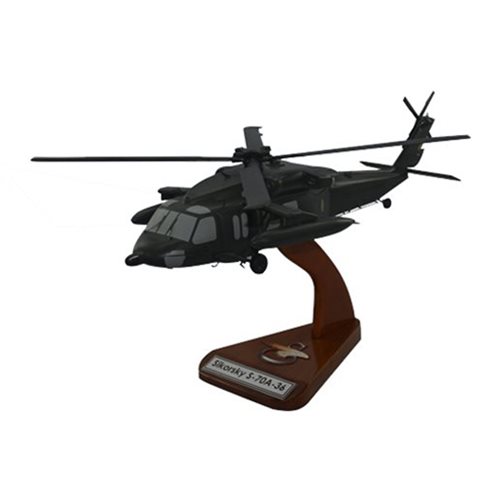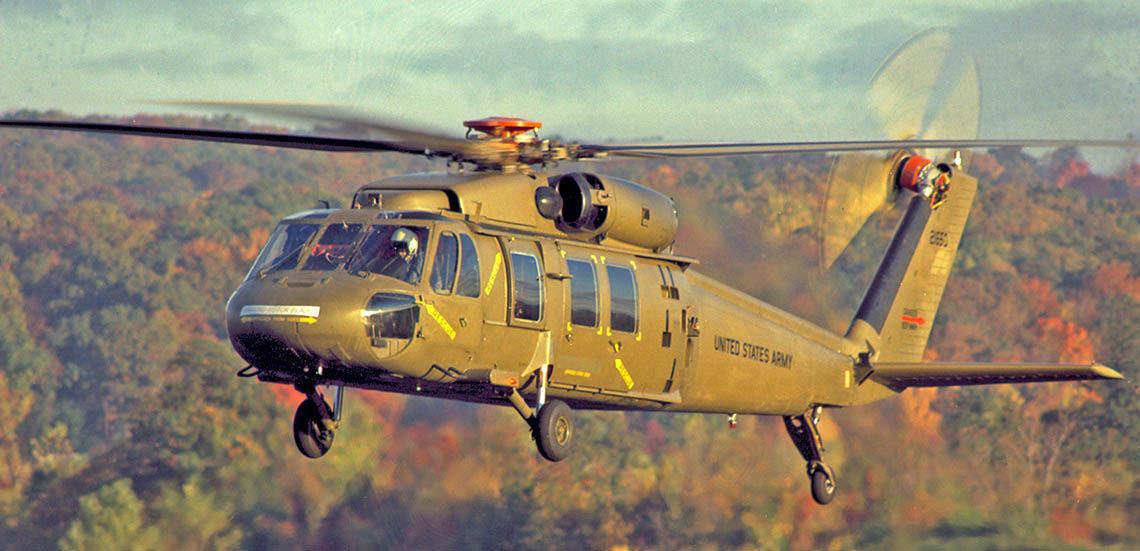Sikorsky S 70: Changing Tactical Workflow with Cutting-Edge Technology
Sikorsky S 70: Changing Tactical Workflow with Cutting-Edge Technology
Blog Article
High-Performance Multi-Role Rotorcraft Featuring Advanced Cabin Technologies and Integrated Sensor Solutions
The world of rotorcraft innovation has seen significant advancements in recent times, specifically in the realm of high-performance multi-role rotorcraft geared up with innovative cabin modern technologies and perfectly incorporated sensing unit systems. These advancements have not only augmented the functional capacities of rotorcraft however have actually additionally dramatically affected modern-day air travel operations on various fronts. From boosted mission convenience to boosted functional efficiency, the convergence of advanced cabin modern technologies and integrated sensing unit systems has actually introduced a new age of possibilities for rotorcraft applications. In the following discussion, we will certainly explore the evolution of rotorcraft modern technology, dig right into the world of advanced cabin innovations, and examine the effects of integrated sensing unit systems on the operational versatility and performance of modern rotorcraft.
Development of Rotorcraft Modern Technology
The evolution of rotorcraft technology has been marked by significant innovations in the rules of aerodynamics, products, and propulsion systems, forming the capacities and efficiency of contemporary rotorcraft. Additionally, advancements in propulsion systems, consisting of a lot more effective engines and ingenious propulsion innovations, have enabled rotorcraft to achieve higher elevations, faster rates, and better hauls.
These advancements have not just changed the capacities of rotorcraft but have actually also expanded their applications throughout various markets, consisting of armed forces, business, and emergency services. The continual development of rotorcraft technology remains to drive technology in the area, pressing the limits of what is feasible and shaping the future of upright trip.
Advanced Cockpit Innovations
Structure upon the fundamental developments in the rules of aerodynamics, materials, and propulsion systems, the realm of rotorcraft innovation now shifts focus towards introducing Advanced Cockpit Innovations. The integration of advanced modern technologies within the cabin setting plays a critical function in enhancing the operational capacities, security, and effectiveness of contemporary rotorcraft. sikorsky s 70. Advanced Cockpit Innovations encompass a large array of attributes designed to supply pilots with enhanced situational awareness, streamlined information management, and user-friendly control user interfaces
Among the essential advancements in cabin design is the implementation of glass cabins, which change traditional analog evaluates with high-resolution displays. These electronic systems offer personalized layouts, real-time data integration, and improved readability, allowing pilots to access essential details at a glance. Furthermore, progressed avionics systems, such as fly-by-wire controls and increased reality display screens, are changing just how pilots communicate with the aircraft, permitting accurate control and boosted decision-making capacities.


Integrating innovative cockpit technologies not just improves pilot performance however also adds to total goal efficiency and safety and security in complex operational atmospheres. By leveraging modern modern technologies within the cockpit, rotorcraft suppliers are setting new standards for functional quality and objective success.
Integrated Sensor Systems
With the advancement of rotorcraft modern technology, the combination of innovative Integrated Sensor Solution has actually come to be vital in improving functional performance and safety. These Integrated Sensing unit Equipments incorporate a vast array of modern technologies that provide essential you could try this out data for various functions such as navigating, surveillance, targeting, and ecological surveillance. By effortlessly integrating sensors like radars, video cameras, lidar, and infrared systems into rotorcraft, operators can gain from enhanced situational understanding, enhanced goal capacities, and reduced pilot workload.
One key benefit of Integrated Sensor Equipments is their capacity to gather real-time information and offer actionable insights to pilots and goal operators. As an example, advanced radar systems can find and track targets over fars away, enabling early threat discovery and reliable response preparation. Additionally, integrating electro-optical and infrared video cameras makes it possible for rotorcraft to carry out reconnaissance and surveillance goals with accuracy and accuracy.
Basically, the integration of advanced sensing unit modern technologies into rotorcraft not only enhances functional efficiency yet likewise contributes considerably to overall objective success and team safety. As rotorcraft remain to advance, the duty of Integrated Sensing unit Systems will unquestionably remain at the leading edge of development in the aerospace industry.
Functional Flexibility and Efficiency
Enhancing functional adaptability and performance in rotorcraft is a natural development from the combination of innovative Integrated Sensor Equipments. By leveraging the insights and information offered by these advanced sensing unit systems, rotorcraft can maximize their performance throughout different objectives and settings.
Functional versatility includes the ability of rotorcraft to adapt to various duties and scenarios successfully. With advanced cabin technologies and incorporated sensor systems, rotorcraft can effortlessly change in between jobs such as search and rescue, medical discharge, monitoring, and extra. This versatility improves the rotorcraft's capacity to satisfy varied operational requirements without requiring comprehensive reconfiguration.
Performance in rotorcraft operations is essential for making best use of goal performance and source application. Integrated sensing unit systems play a pivotal duty in improving operational effectiveness by providing real-time data on climate condition, terrain mapping, target monitoring, and much more. This information enables pilots to make enlightened choices swiftly, optimize trip courses, save gas, and improve overall goal productivity.
Effect On Modern Air Travel Workflow

Moreover, the assimilation of sophisticated sensors assists in improved goal planning and implementation, allowing rotorcraft to do a variety of tasks with enhanced precision. From search and rescue operations to airborne firefighting and police goals, the abilities of modern rotorcraft geared up with sophisticated cabin innovations and integrated sensing unit systems are unrivaled.
Furthermore, the effect of these improvements extends past functional efficiency to cost-effectiveness and sustainability. By maximizing flight paths, gas usage, and upkeep routines, high-performance rotorcraft furnished with sophisticated cockpit innovations and sensing units add to reducing functional prices and ecological influence, making them crucial possessions in modern air travel operations.
Final Thought
Finally, the high-performance multi-role rotorcraft with innovative cockpit technologies and incorporated sensing unit systems represents a significant evolution in aviation technology. These innovations improve operational adaptability and performance, inevitably influencing modern-day air travel operations in a favorable method. The integration of these advanced technologies enables enhanced abilities and performance in different objective circumstances, showcasing the continued improvement of rotorcraft modern technology in the aviation market.
The world of rotorcraft innovation has actually seen noteworthy improvements in recent times, especially in the realm of high-performance multi-role rotorcraft geared up with cutting-edge cabin modern technologies and seamlessly incorporated sensor systems. From boosted mission versatility to enhanced operational efficiency, the merging of advanced cockpit innovations and integrated sensor systems has ushered in a new period of possibilities for rotorcraft applications. In the following discussion, we will certainly check out the evolution of rotorcraft modern technology, delve right into the realm of advanced cockpit technologies, and analyze the ramifications of integrated sensing unit systems on the operational adaptability and effectiveness of modern rotorcraft.

Report this page